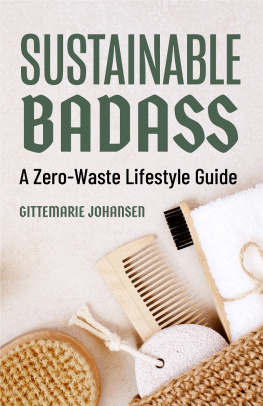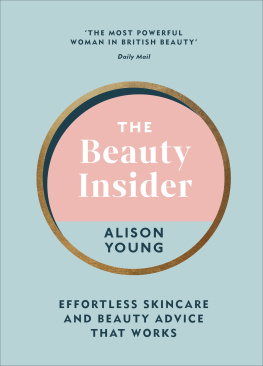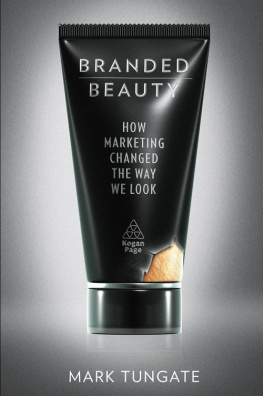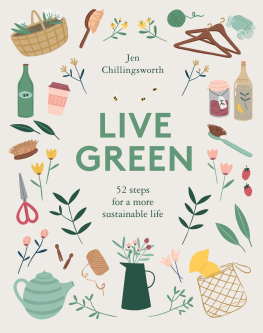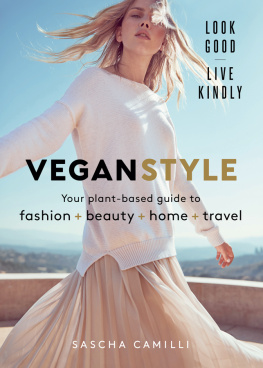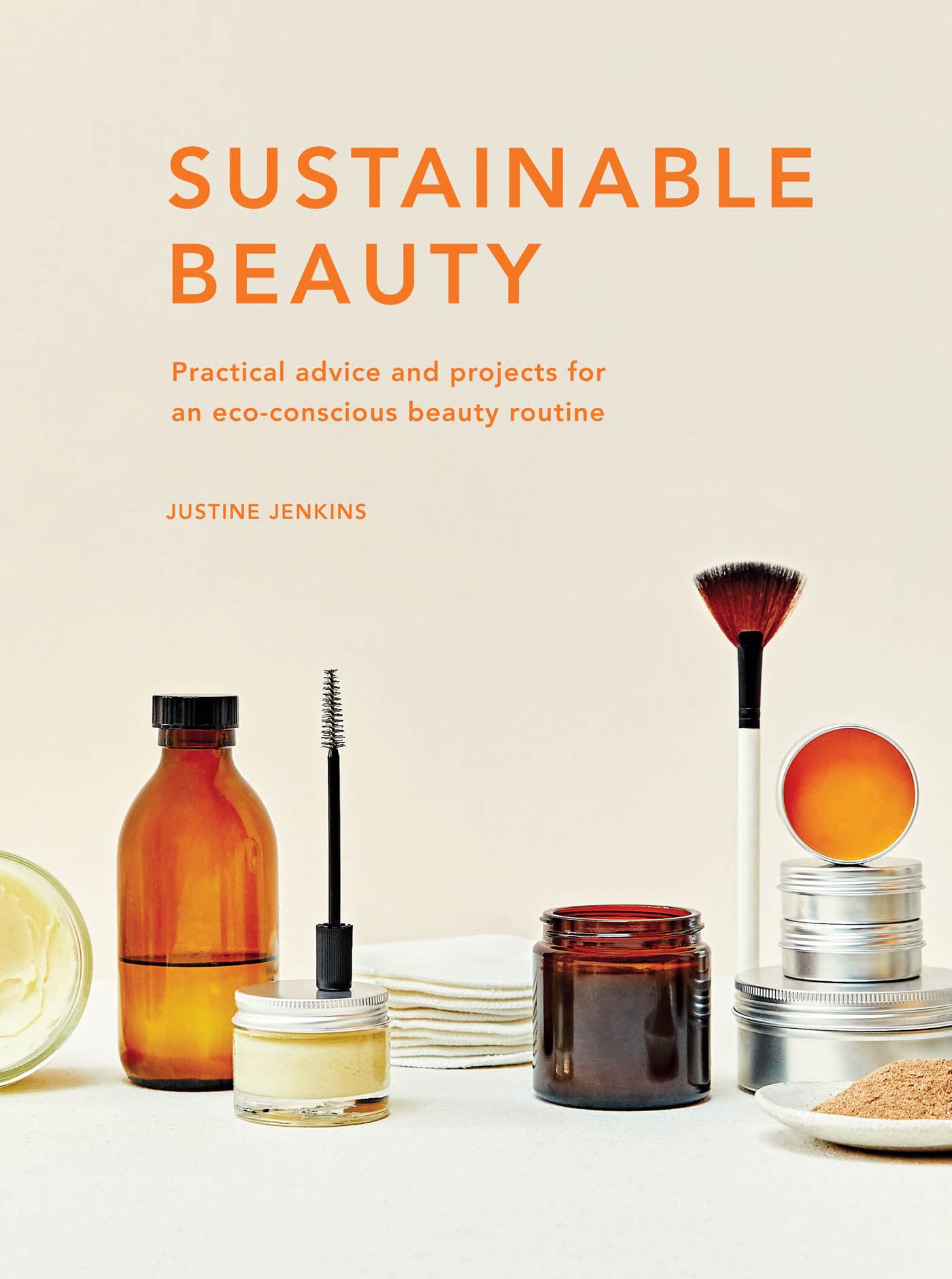Contents
Page List
Guide
Cover
SUSTAINABLE
BEAUTY
Practical advice and projects for an eco-conscious beauty routine
JUSTINE JENKINS
Contents
Introduction
Beauty is not just blooming, its positively booming. In 2019 alone, the industry was valued at a colossal $380.2 billion and is projected to reach $463.5 billion by 2024. But such acceleration of production and voracious consumption must surely call for consideration? Its time to put the brakes on and ask a stark question: at what cost?
Ive been a professional make-up artist for 23 years and I love my career. The beauty industry is creative, rewarding, bright and beguiling. Its also one of the most unsustainable industries on the planet. In 2012, I was the first prominent make-up artist in London to go entirely cruelty-free after I discovered that most cosmetic brands were still testing on animals. Despite brand messaging, a clever and cunning deployment of silky words was misleading the consumer. I decided to speak out. I contacted animal rights charities and organisations to gather the facts and find out what I could do. My mantra became If you dont stand for something, youll fall for everything. So, I stood up.
Suddenly about 85 per cent of brands big, global brands were off my ethical radar. It was not easy. Over the next few years, I wrote hundreds of articles on the subject. The Body Shop invited me to present a petition to the EU in Brussels calling for a global ban of cosmetic animal testing. I visited alternative testing facilities and organic farms that provide ingredients for the beauty industry. Lectures and appearances on panels and podcasts cemented my name as an industry voice. In 2013, I had the privilege of being appointed ambassador for Humane Society Internationals #BeCrueltyFree campaign. It thrills me that cruelty-free beauty is now mainstream. Oh, and I (might) have got into trouble for sometimes calling out brands for greenwashing!
Animal welfare and natural beauty will always be values at my very core, so thats where I initially focused my efforts. Then, a few years ago, I saw an image that had been posted on Instagram, which forced me to expand both my vision and message.
You too may recall it. A tiny coral-coloured sea horse with its delicate coil of tail wrapped around a plastic cotton bud. There are many images that reveal and poignantly capture the price of our consumption and waste. But that image showed beauty industry waste. My industry. I had used thousands of those little cotton sticks over the years through the course of work. The beauty industry is my problem, but I also believe its our problem. Early on I realised that brands were not doing anything near enough to mitigate or reduce their waste and carbon emissions or improve their manufacturing processes. My eyes were awakened to global deforestation, child labour and farmers barely being able to feed their families. I found myself embarrassed by some elements of my industry, appalled by others. $380 billion dollars, yet we cant be sustainable?
Change cannot happen overnight. I believe in a healthy and vibrant industry brimming with kaleidoscopic colour, all abilities and breadth of choice for all skin types and tones. Growth and sustainability can go hand in hand, but it will rely on brands building these values into the core of their business. The consumer needs to demand transparency so they can make informed choices and speak with their wallets. Whether you are a consumer, a brand, a make-up artist or an industry professional, will you join me in creating a better, brighter future for beauty? I have spent the past four years researching, the fruit of which is this book my contribution towards a solution. I share my knowledge and passion from over two decades in the industry, and my journey as a make-up artist, activist, beauty expert and industry reformer. I hope this book is a useful, illuminating and enjoyable read a treatise, if you like, on how to make beauty sustainable, but also on the enduring and empowering magic of make-up as a conduit for confidence and self-esteem. Behind both constructs are simple forces love, compassion and care: love of yourself; compassion for animals and the planet; and care of both. Ill guide you through the current issues within the beauty industry, why it needs to change, and how we can make that happen together. Ill encourage you to take a breath and enjoy the ritual of slow beauty, a more conscious, edited, mindful approach. Ill explain how to use less products, to create your own list of essentials, and to enjoy the simplicity of a uncluttered, calm routine.
Theres one thing I demand from you though: please eradicate one word from your vocabulary and expunge it from your mind guilt. Its a waste of time and a drain of power. When we know better, we do better. It starts simply, with one good intention. From a sustainable perspective, everything you do, despite seemingly insignificant, is a powerful positive move. We know when we are doing right, because doing right feels good. We just need to keep building on that.
Finally, I fervently encourage you to use this book. And I mean really use it. Be bold underline, highlight, fold corners, tag it do whatever you need to do to learn, expand, grow, be inspired, or get angry! After all, when deployed wisely, anger always converts into action. I look forward to hearing your thoughts, suggestions, ideas and visions through my Instagram @justinejenkins. This is a shared journey and I look forward to treading the trail with you into sustainable beauty for the preservation of our planet. Enjoy it.
Conscious consumption
Never has the consumer (in developed countries) had such plenty, such spectacular array and such exhaustive choice of beauty products. The modern marketplace is global and has been mobbed with all things shiny. No longer are beauty products deemed a luxury by people of any generation, race or gender, but rather a necessity. Yet how many consumers are able to make ethical, informed buying choices?
Marketing can morph into many forms. It shapeshifts from the obvious advertisement, to discreet brand marketing across a spectrum of social media platforms, to a vlogger, blogger, influencer, or online tutorial, a #paidpartnership an #ad posted by a blue-tick we follow on Instagram.
For much of the time we dont even realise that we are being marketed to. Creeping like long summer shadows, ads are under our noses and before we even know it, their covert code has been absorbed and decrypted. Deciphered by the brain and projected as desires (or fears), triggering the INT (I need that) response, just as we find a rogue thumb twitching over add to cart. And were even barely conscious of just how we got there. But weve all been there, havent we?!
Studies show that consumers spend less time considering their purchases than ever before. Its just so easy to swipe, tap, and chip. Tech, tablets and phones, have gifted the shopper 24-hour accessibility to retail therapy. Im not sure that this situation as it stands offers a happy outcome when you think in terms of global impact and what that


